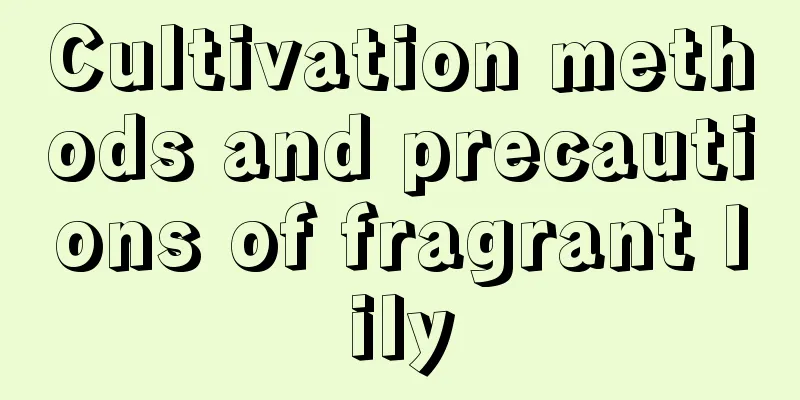How to grow shell flowers

1. Maintenance methods1. Temperature: Shell flowers like a warm growing environment. Generally, the temperature suitable for their growth is between 20 and 30 degrees. Their cold resistance is very poor, so it is not suitable for wintering outdoors. In winter, you must pay attention to avoid low temperatures that may frostbite the plants, which will affect their growth next year. 2. Watering: Shell flowers need enough water when they are seedlings, so that the seedlings can grow faster and have better growth. You can water them normally during the growth period. The soil should be kept moist, but there should be no accumulation of water. If the soil is already moist, there is no need to continue watering. 3. Light: Shell flowers like warm sunlight. Sufficient light can make its color greener and grow well. However, the strong light in summer is unacceptable. It needs to be shaded or moved directly indoors for cultivation. 4. Fertilization: During the growth period, you can apply an appropriate amount of fertilizer, which can promote its growth. It is enough to apply fertilizer once or twice a month, and the specific amount needs to be determined based on the growth of the plant. However, you need to stop fertilizing after flowering. If you continue to fertilize, it is easy to cause premature flower drop or poor bud growth. 2. Breeding techniques1. Reproduction: Sowing is the main method, which can be carried out in other seasons except winter. Sowing can also be used for large-scale cultivation. If you want to transplant, you need to wait until the plant grows six leaves. At this time, the plant's resistance is much stronger, so it will not die due to transplantation. 2. Pruning: During the growth period, some branches and leaves that grow too densely need to be pruned, and the tops should also be pinched, mainly for branching and shaping the plant. 3. Problem diagnosis and treatment1. Disease: It has a strong growth ability and diseases rarely occur. If you pay attention to ventilation, diseases will rarely occur. 2. Pests: Pests rarely occur, but leaf miners may appear, so you can spray pesticides. IV. Other issues1. Toxicity: None, no need to worry about accidental ingestion. 2. Can it be grown at home? Yes, because of its unique appearance, it is usually used as a flower arrangement for people to appreciate. |
<<: How to cultivate Bletilla striata
Recommend
Is it better to use sprinkler irrigation or drip irrigation for orchards?
Orchard irrigation is a key technology in orchard...
Soilless cultivation method of flowers
What is soilless cultivation Some home gardeners ...
The value of spiderwort
The ornamental value of spiderwort As a small pla...
How to eat yellow peel fruit
How to eat Eat raw There are many ways to eat kum...
How to grow Silver Queen on the balcony, what should you pay attention to
1. Lighting requirements Silver Queen is a plant ...
Diseases and pests of bottle palm and their control
Diseases and pests of bottle palm and their contr...
Does pumpkin contain high sugar content? What are its nutritional components?
1. Does pumpkin contain high sugar content? The s...
How to fertilize geraniums
What fertilizer to apply Geraniums like fertilize...
What to do if the dragon fruit seedlings don't grow? How to manage them
1. Treatment methods 1. Appropriate thinning: If ...
The efficacy and function of short-leaf tiger lily
1. For viewing This plant is divided into two var...
How to care for the succulent Oplina
1. Adequate sunlight The succulent plant Opalina ...
When is the best time to sow the girl fruit (which month to plant and which season to bear fruit)
When to sow the girl fruit The best time to plant...
Long-term hydroponic plants
1. Pothos The method of growing it in water is ve...
How to grow pennywort in water? How to grow pennywort in water?
How to grow pennywort in hydroponic culture Hydro...
Afraid of spending money on growing flowers? Just go out for a walk and you’ll have all the materials for the year!
Picking Flowers Since we are going to start picki...









